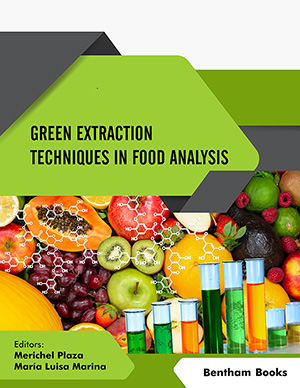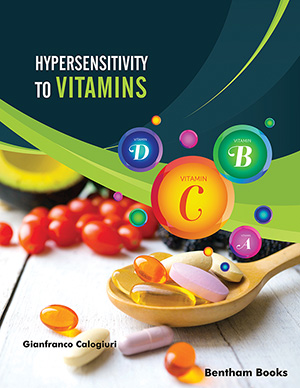Abstract
Objective: The purpose of this study was to determine the antioxidant capacity of Abana ® (a poly-ingredient formulation with natural constituents).
Methods: Extensive ethanol extraction of polyherbal formulations was followed by fractionation into petroleum ether, chloroform, and ethyl acetate extracts. Various fractions were further analyzed using this conventional method for phytochemical composition and concentration-dependent antioxidant activity. Due to the presence of phenolic compounds in the formulation, the extracts were analyzed for total phenolic content, flavonoid content, and in-vitro antioxidant activity. Antioxidant capacity was determined using total reducing potential, 1,1-diphenyl-2-picrylhydrazyl (DPPH), 2,2-azinobis-ethyl-benzothiazoline-sulphonic acid diammonium salt (ABTS) and nitric oxide inhibition assays.
Results: Primitive phytochemical screening revealed the presence of steroids, saponins, flavonoids, alkaloids, and tannins which were confirmed using thin-layer chromatography. The antioxidant activity of Abana tablet extracts decreased in the order of ethyl acetate > ethanolic > chloroform > petroleum ether comparable to that of ascorbic acid and butylated hydroxytoluene.
Conclusion: The current investigation suggests that the ethanolic extract and fractions of Abana polyherbal formulations exhibit significant antioxidant activity. Our results strongly imply that polyherbal compounds are a potential source of antioxidants capable of scavenging free radicals. The strong positive connection between antiradical scavenging activity and overall polyphenolic concentration in polyherbal drugs demonstrates that polyphenols are significant components capable of scavenging free radicals. Additional research is required to isolate and characterize the active moiety responsible for biological activity and treat it under various stress conditions.
Keywords: Abana, DPPH, ABTS, antioxidant, free radical scavenging, polyherbal formulation.
[http://dx.doi.org/10.1002/ffj.3661]
[http://dx.doi.org/10.3389/fphar.2013.00177] [PMID: 24454289]
[http://dx.doi.org/10.3390/molecules21050559] [PMID: 27136524]
[http://dx.doi.org/10.18231/j.joapr.2019.v.8.i.1.004]
[http://dx.doi.org/10.1016/j.apsb.2017.04.012] [PMID: 28752028]
[http://dx.doi.org/10.4103/0257-7941.113798] [PMID: 23929990]
[http://dx.doi.org/10.1139/Y10-021] [PMID: 20555414]
[PMID: 28804574]
[http://dx.doi.org/10.1080/14756366.2016.1243535] [PMID: 28095717]
[http://dx.doi.org/10.2174/1573407212666160210230059]
[http://dx.doi.org/10.5958/0975-4385.2017.00026.7]
[http://dx.doi.org/10.1186/s13020-018-0177-x] [PMID: 29692864]
[http://dx.doi.org/10.1016/j.indcrop.2018.09.054]
[http://dx.doi.org/10.1063/1.5055409]
[http://dx.doi.org/10.1155/2020/2319315] [PMID: 32733579]
[http://dx.doi.org/10.2147/JIR.S199377] [PMID: 31496781]
[http://dx.doi.org/10.3390/molecules201219753] [PMID: 26633317]
[http://dx.doi.org/10.3390/medicines5030093] [PMID: 30149600]
[http://dx.doi.org/10.1016/j.jff.2015.06.018]
[http://dx.doi.org/10.1186/s12906-018-2131-y] [PMID: 29466987]
[http://dx.doi.org/10.1021/acs.jafc.5b04739] [PMID: 26728425]
[http://dx.doi.org/10.1038/s41598-021-89314-0] [PMID: 34112813]
[http://dx.doi.org/10.1186/s13104-015-1618-6] [PMID: 26518275]
[http://dx.doi.org/10.3389/fphys.2020.00694] [PMID: 32714204]
























